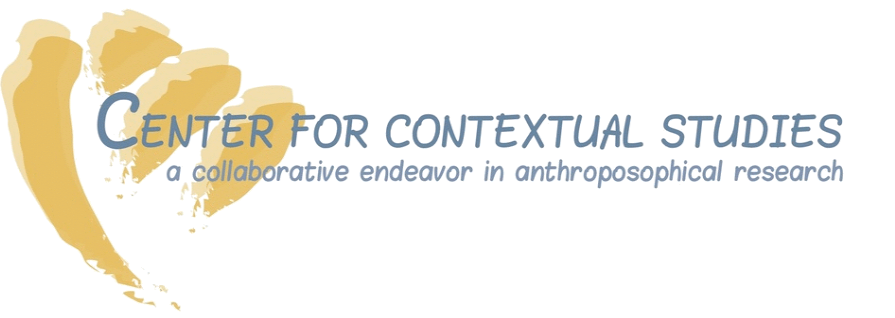Our life on Earth begins with an in-breath and ends with an out-breath. Breathing frames our earthly lives in their entirety. From our first breath to our last the continuously changing flux of rhythms continues. We never grow tired of breathing; our breathing never ceases to respond rhythmically to the changing nature of our relatedness with the world we live in.
At the moment we are experiencing on a global scale the presence of a disease that affects the respiratory system – those organs most closely related to our breathing. The official name of the virus, the presence of which in the human organism can bring about the immune response resulting in COVID-19 (the name of the disease), is SARS-CoV-2 (severe acute respiratory syndrome corona virus 2). It is a “respiratory virus known to spread by upper respiratory secretions”. One of the diseases symptoms is the experience of a shortness of breath similar to what we experience in times of stress, anxiety or when we are afraid.
Although we are quite aware of psycho-somatic factors in various forms of illness, the tendency is widespread to focus on the bodily or somatic aspects of a disease. It is, however, short-sighted to reduce human well-being and health to maintaining the vitality of the physical organism. This is especially true when we think of our students. Well-being is fundamentally the expression of how we experience our relatedness to the world around us. The experience of relatedness is expressed in the intricate weaving of consciousness and encounter that takes place in the breathing process. These two poles – consciousness and encounter – can be recognized in the two fundamental movements that make up the breathing process: in-breath and out-breath, inhalation and exhalation.
Inhalation is brought about by the expansion of the chest cavity and the con-current expansion of the lungs. We expand the chest cavity by contracting muscles of the upper trunk and diaphragm drawing the ribs outward and the diaphragm downward. The lungs are drawn outward increasing their volume and lowering the internal pressure. Air flows in. The active phase of breathing allows the outside in. We take world into us.
The out-breath has the opposite gesture. We relax the muscles. The lungs’ innate elasticity responds by contracting and reducing their volume. The pressure gradient shifts and what was in flows out. We relax and allow the world to take us out into her.
Goethe brought this shifting flow of relatedness to poetic expression:
In breathing we two blessings know
Drawing air in, and letting it go;
One winds us tight, the other relieves
How wonderfully breathing in all life weaves!
So thank we God when we are pressed
And thank him again when he grants us rest.
As we work to navigate the current set of challenges perhaps it makes sense to pay more attention to this aspect of breathing and to work towards life rhythms that provide a balance between concentration (the world in us) and relaxation (we in the world). In finding this balance we learn to let the focused experience of our own inner activity inform the experience of being immersed in the world through engaged activity. And vice-versa. A recent article in the BBC titled Why Zoom Video Chats are so Exhausting quotes Gianpietro Petriglieri, a professor for sustainable education and development: “Our minds are together when our bodies feel we're not. That dissonance, which causes people to have conflicting feelings, is exhausting. You cannot relax into the conversation naturally.”
As radical guardians of our students’ breathing, we need to help them craft resonant spaces, where the experience of the presence of the embodied soul makes meaningful learning possible.
by Jon McAlice
